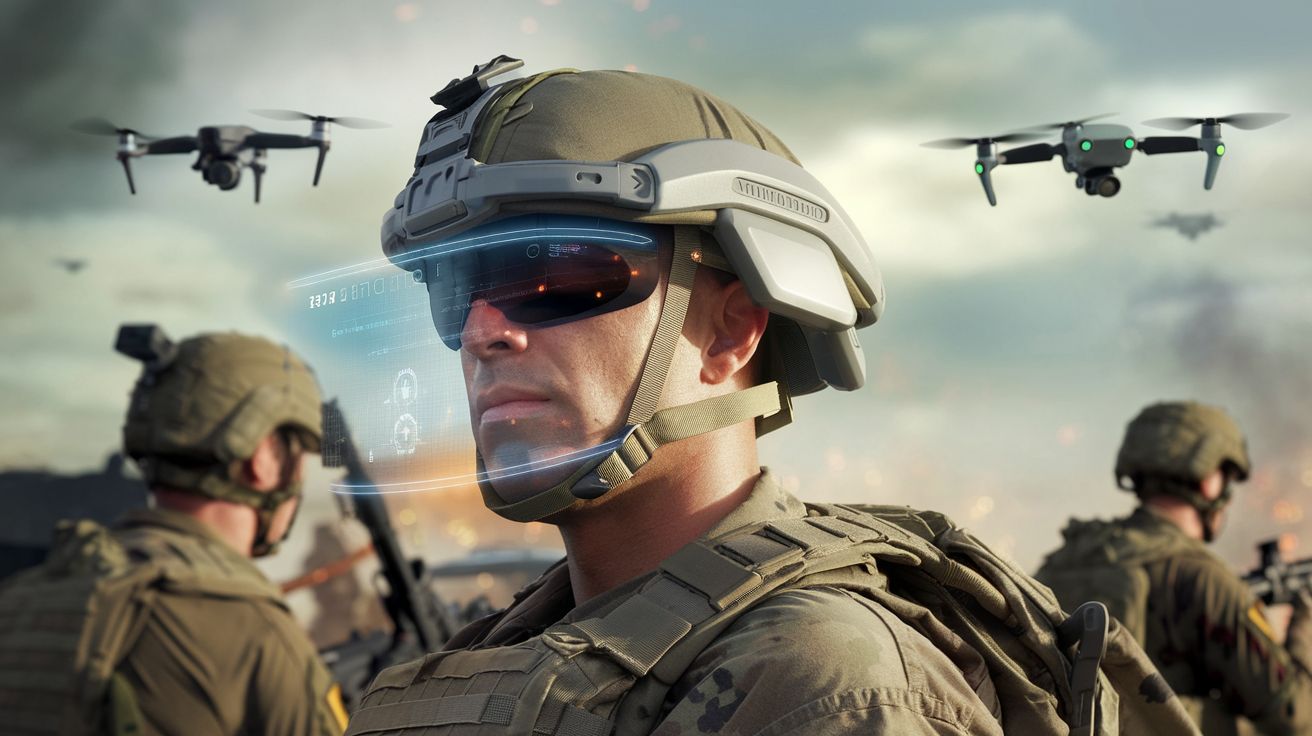Follow us on Google News (click on ☆)
The IVAS, developed by Microsoft, will soon be enhanced by Anduril's Lattice software. This technological fusion promises to change how soldiers perceive and respond on the battlefield.

The IVAS system, based on HoloLens technology, is no mere augmented reality gadget. Thanks to the integration of Lattice, soldiers will receive information in real time. Drones, ground vehicles, or air defense systems will transmit data directly into their field of vision.
This project is not limited to training purposes; it could soon become an indispensable tool for soldiers on active missions. The aim is to enhance soldiers' visual and auditory perception to make their interventions more effective.
Palmer Luckey, co-founder of Anduril and former creator of Oculus VR, compares this technology to a futuristic vision borrowed from science fiction. The integration of artificial intelligence allows threats to be detected and analyzed before they become visible to the human eye.
However, the IVAS project had a rough start. Early versions caused headaches and nausea among test soldiers. Microsoft has since addressed these issues and continues to improve the system.
The US Army sees the IVAS as a strategic investment. The contract could amount to up to $21.9 billion if future tests, planned for 2025, prove successful. The stakes are therefore enormous for Microsoft, but also for the armed forces.
If this technology delivers on its promises, it could mark the beginning of a new era for military equipment, where human and machine collaborate on the field.
What is the IVAS?
The Integrated Visual Augmentation System (IVAS) is an augmented reality headset based on Microsoft's HoloLens technology. It superimposes virtual information over the soldier's real-world field of view. It is designed to enhance perception and decision-making capabilities on the battlefield.
IVAS integrates advanced sensors, such as thermal and night vision, as well as data from drones and ground vehicles. This allows soldiers to detect threats beyond their normal visual range, alerting them to imminent dangers.
The IVAS is also intended to improve military training by simulating realistic combat scenarios. By fusing real-time data with artificial intelligence, it creates a synergy between soldiers and autonomous systems, facilitating joint operations between humans and machines.